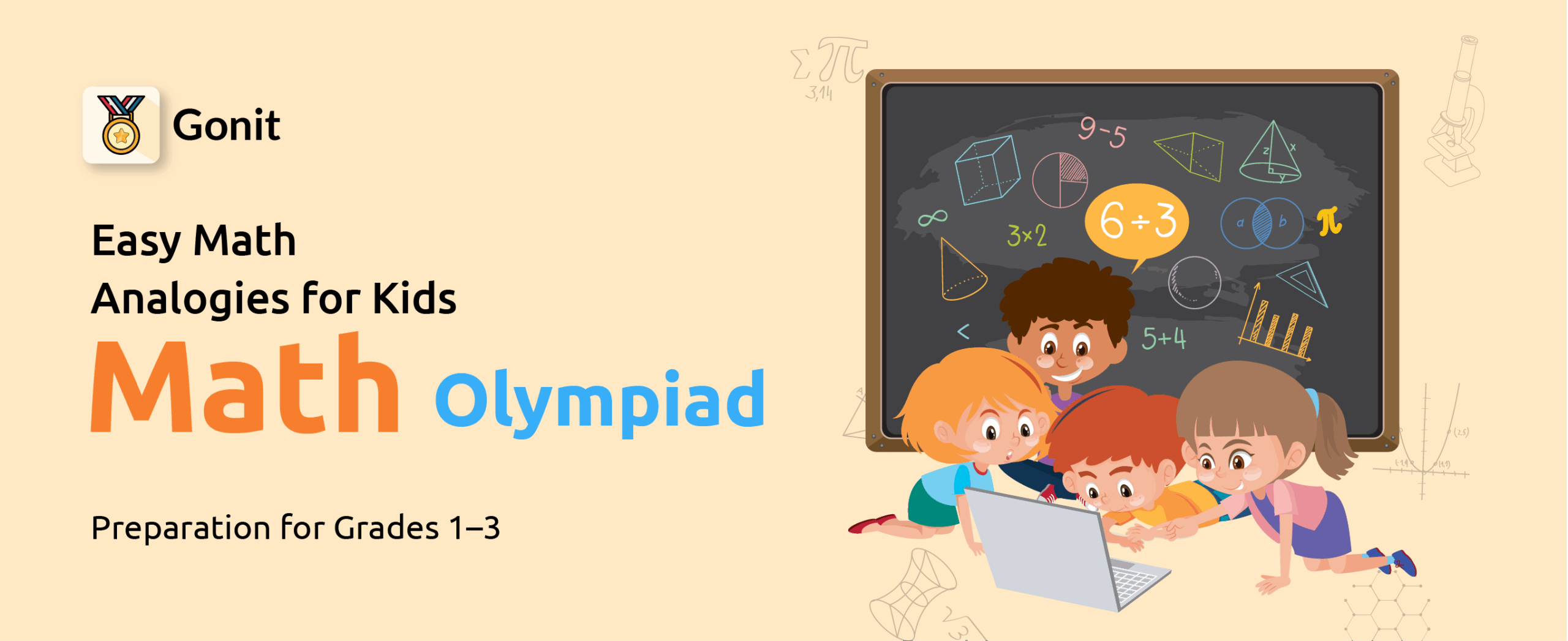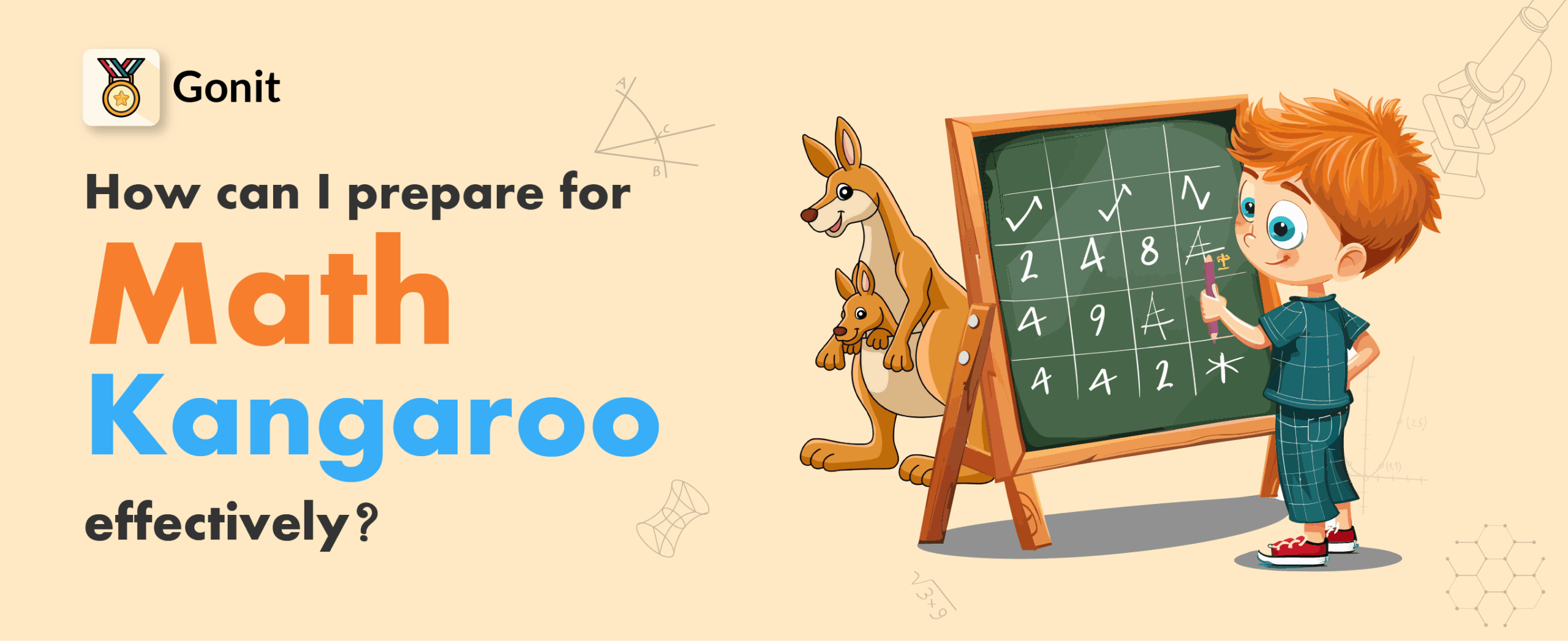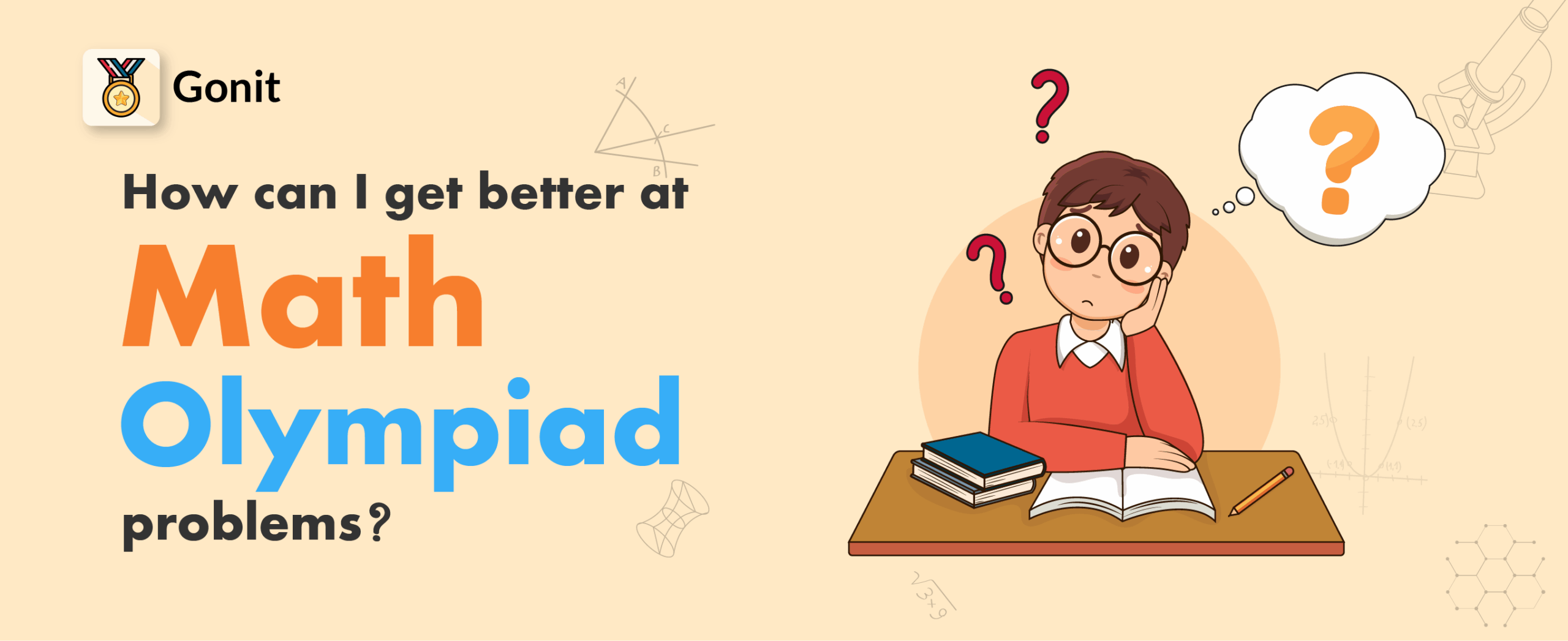Math Olympiads can be a fun and exciting challenge for young learners. But for students in Grades 1 to 3, the key is to keep the learning light, simple, and fun.
One of the best ways to help kids understand complex ideas is through math analogies—short puzzles that compare numbers or ideas in a relatable way.
In this blog, we’ll explain what math analogies are, why they help kids prepare for math Olympiads, and share plenty of easy examples you can try at home or in class.
What is a Math Analogy?
A math analogy is a way to compare two pairs of numbers or ideas to find a pattern or relationship between them. It helps kids think logically and solve problems using simple rules like addition, subtraction, or multiplication.
It follows this format:
A is to B as C is to D Or: A : B :: C : D
This type of question helps kids think logically and find patterns. It improves problem-solving skills and builds confidence for Olympiad exams.
What are the Types of Math Analogy for Grades 1–3?
- Number Relationship Analogy
- Addition/Subtraction Analogy
- Multiplication/Division Analogy
- Even and Odd Number Analogy
- Skip Counting Analogy
- Shape and Pattern Analogy
- Time and Money Analogy (Advanced Grade 3)
- Positional or Sequence Analogy
Why Are Math Analogies Important for Grades 1–3?
Children in early grades are just starting to build a strong foundation in math. Analogies help by:
✅ Teaching them to look for patterns and relationships
✅ Strengthening logical thinking
✅ Making abstract math ideas easier to understand
✅ Boosting problem-solving speed and confidence
Math Olympiad questions often test more than just calculation—they test thinking. And analogies are a great way to train that thinking.
How to Teach Math Analogies to Kids?
Here are simple steps to teach math analogies:
- Start with simple examples (use small numbers or real-world objects).
- Explain the pattern clearly (add, subtract, double, etc.).
- Let kids try similar problems on their own.
- Give hints if they’re stuck, not the full answer.
- Practice regularly to build confidence.
Easy Math Analogy Examples for Kids (Grade 1–3)
Let’s look at a few examples by grade level:
Math Analogies for Grade 1 with Examples
1. 1 : 2 :: 3 : ?
Answer: 4
Explanation: 1+1 = 2 and 3+1 = 4
2. 5 : 10 :: 2 : ?
Answer: 4
Explanation: Multiply by 2 each time
3. 10 : 5 :: 4 : ?
Answer: 2
Explanation: Divide by 2 each time
Math Analogies fo Grade 2 Examples
1. 3 : 6 :: 4 : ?
Answer: 8
Explanation: Double the number
2. 7 : 14 :: 5 : ?
👉 Answer: 10
Explanation: Multiply by 2
3. 9 : 3 :: 6 : ?
👉 Answer: 2
Explanation: Divide by 3
Math Analogies fo Grade 3 Examples
1. 2 : 4 :: 3 : ?
👉 Answer: 6
Explanation: Multiply by 2
2. 8 : 4 :: 6 : ?
👉 Answer: 3
Explanation: Divide by 2
3. 10 : 12 :: 20 : ?
👉 Answer: 22
Explanation: Add 2 to both
Tips to Make Math Analogies More Fun
Here’s how to keep kids excited about analogies:
- 🎲 Use puzzles or games
- 🎨 Draw analogies with pictures or color
- 💬 Let kids create their own analogies
- 🎉 Give small rewards for solving a set
- 📅 Practice daily for just 5–10 minutes
Bonus: Create Your Own Math Analogy
Try this simple trick: Pick a number rule (like add 1, multiply by 2, etc.) and make your own question:
Example:If your rule is +2, then: 4 : 6 :: 5 : ?
👉 Answer: 7
Encourage your child to be the teacher and make analogy questions for you!
Where to Use Math Analogies for Olympiad Prep
- 🏫 In class warm-ups
- 🏠 At home during homework time
- 🧪 In math clubs or Olympiad training
- 📱 With Math olympiad learning App – Gonit
Final Thoughts
Math analogies are more than just puzzles. They train young minds to think clearly, look for patterns, and solve problems. Whether your child is preparing for a Math Olympiad or just learning the basics, analogies are a smart and simple tool to boost their confidence.
Try the examples above and start your child’s journey to math success—one analogy at a time! 🌟



